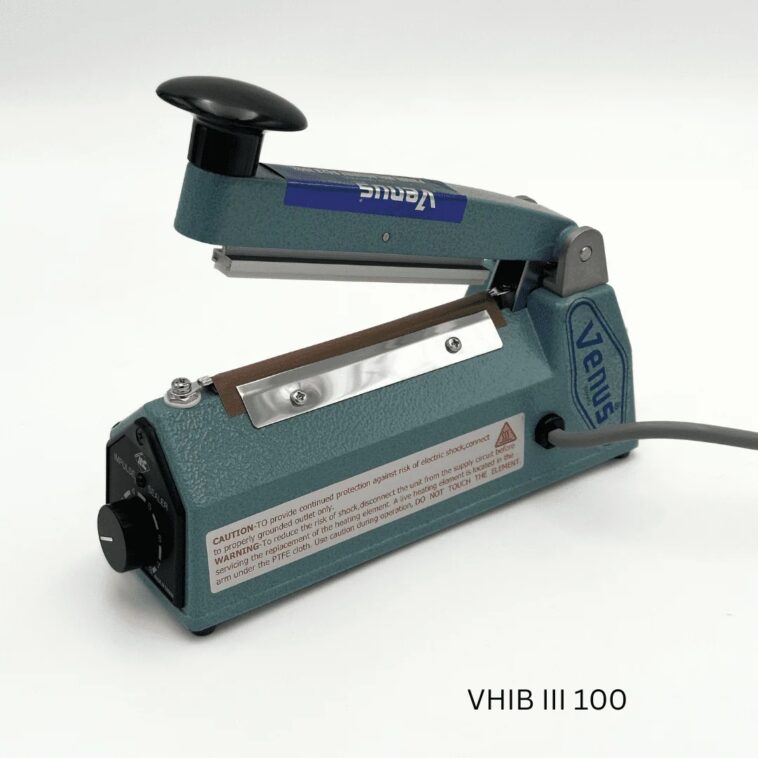No matter what product you’re selling in your business, chances are you will need packaging of some kind. If you’re shipping goods across the country to customer’s homes, you will already know how essential quality packaging is.
Many small business owners may opt to do manual packaging in an attempt to save costs. However, it’s worth pointing out that investing in a heat sealing machine will not only help you save money in the long run but will also create quality, uniform packaging solutions.
Understanding What a Heat Sealer is
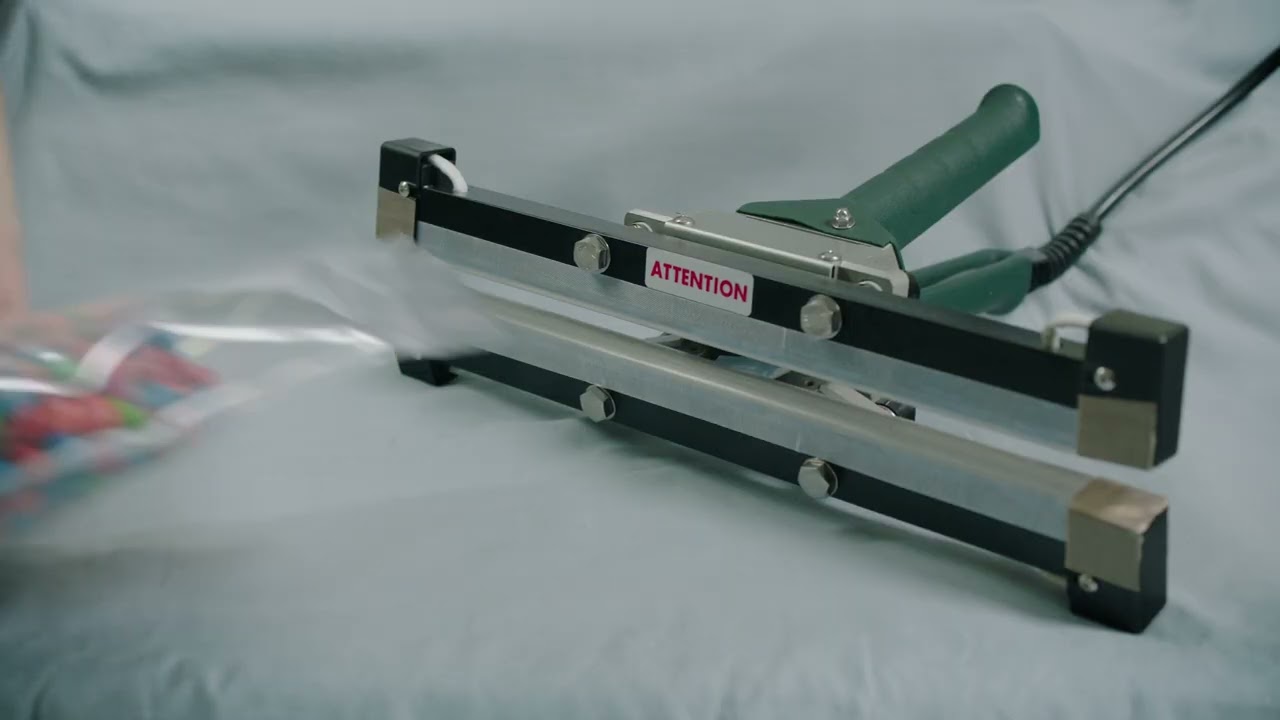
At its core, a heat sealing machine is a device in varying sizes that uses heat to fuse two pieces of plastic or film over your product. The goal is to provide an airtight pocket that minimizes the risk of your product getting damaged. If you’re packaging a food or medicinal product, this type of sealing goes a long way toward keeping the item fresh during transit.
One key benefit of heat sealing is how it minimizes contamination risks during shipping. Whether it’s dust, moisture, or pests, an airtight seal ensures your products remain untouched by external elements until the customer opens the package. This added layer of protection can enhance product reliability and boost customer satisfaction.
Heat sealing is regarded by many to be the most cost-effective packaging application. The average heat sealing machine uses a temperature of 140 degrees Fahrenheit or 120-123 degrees Celsius to create the most effective seal. Users can opt to use thicker bags to add more security to their products.
Comparing Heat Sealers to Vacuum Sealers
If you’ve never used a vacuum sealer or a heat sealer, you may think that they’re typically the same thing. While both gadgets are used to securely seal products, they do differ in their applications.
As we’ve already established, heat sealers use heat to fuse the ends of bags or film sheets. Vacuum sealers, their equally popular counterparts, function by removing the air from a plastic bag before applying a similar heat seal.
Deciding which type of sealing machine and process to use will depend on the type of product you’re packaging. Many business owners who need to package perishable items prefer vacuum sealing as the absence of oxygen goes a long way to extending the product’s shelf life. There’s also minimal chance of bacteria getting into the bag and settling on the food.
Heat sealing, on the other hand, is an ideal choice for non-perishable products or kits with multiple parts, ensuring that everything stays in place during transport. This helps prevent items from shifting and reduces the risk of damage.
Heat Sealers Make All the Difference
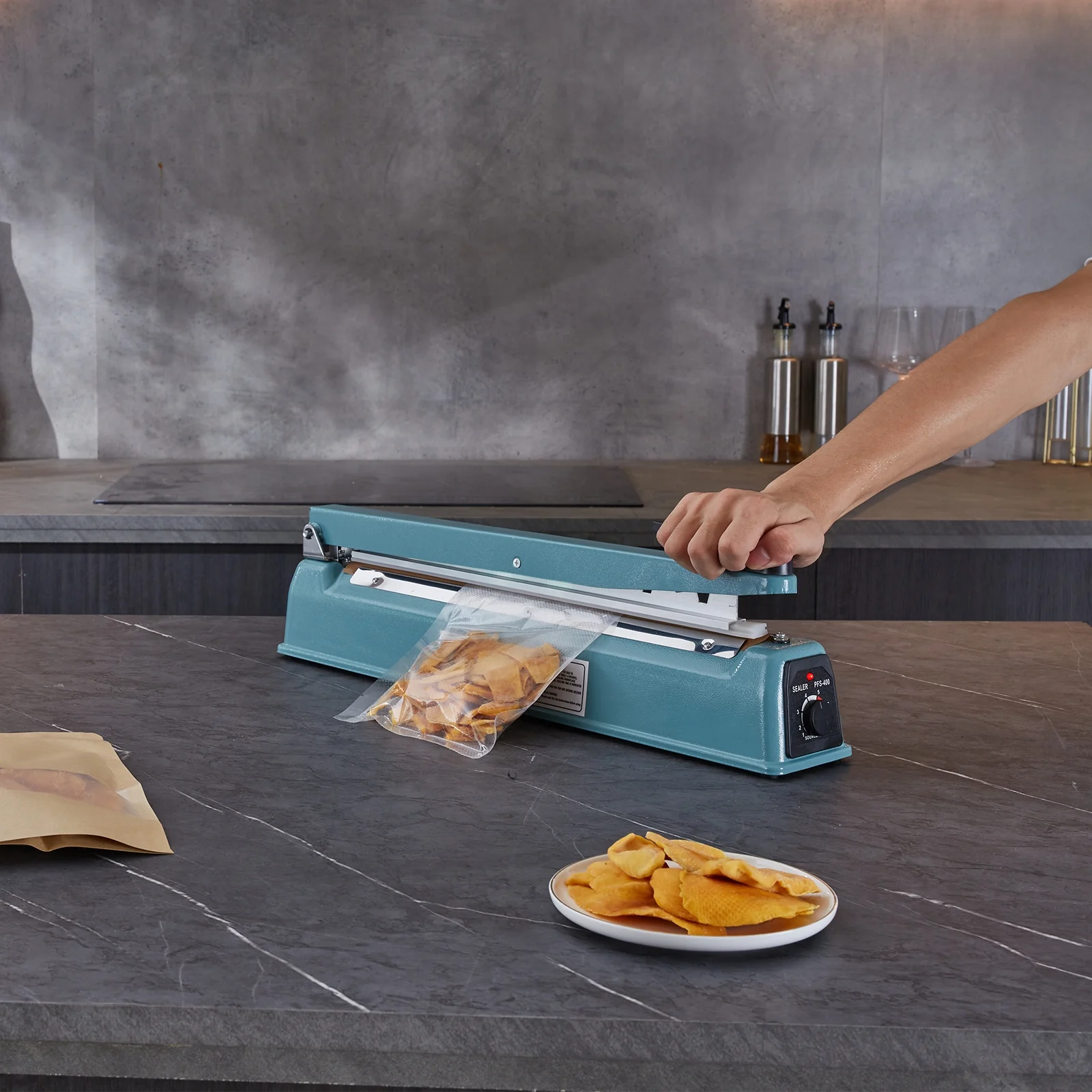
Heat sealer machines should be a part of every business’s packaging process. If you’re still not convinced that you need this device, we urge you to check out our list of advantages that will have you convinced you need one of these machines sooner rather than later.
1. Boasts an Airtight Seal
The number one reason individuals and business owners invest in heat-sealing machines is their ability to create safe, reliable and airtight seals. Not only do these seals keep the contents in the bag from moving around, but they’re also kept fresh and dry. This is especially helpful when you’re packaging food or medicinal products that shouldn’t come in contact with moisture.
2. It’s a Versatile Solution
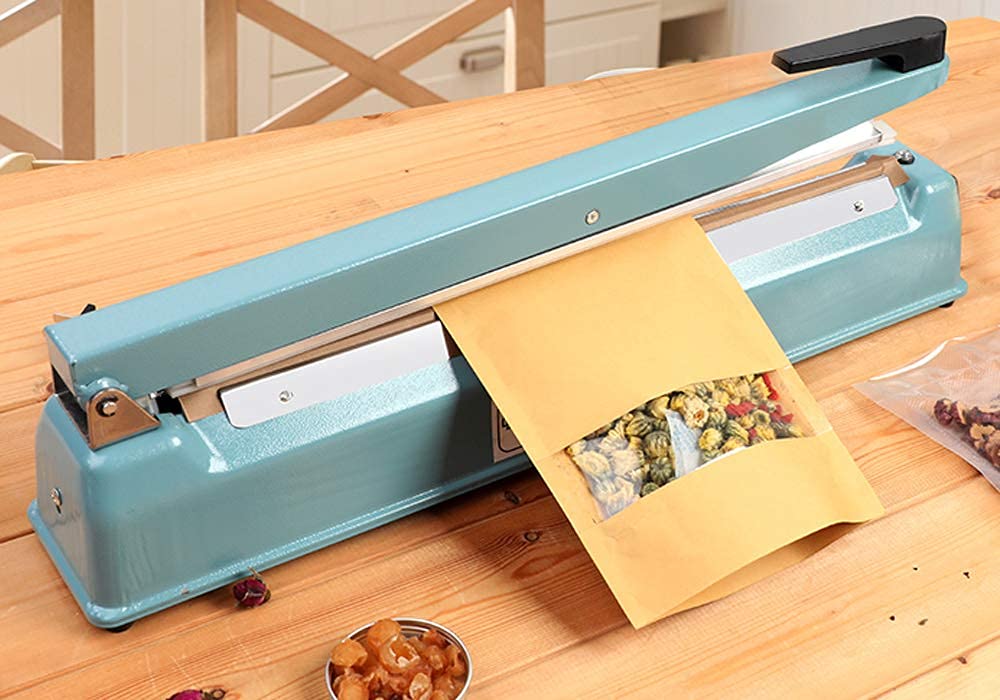
As a business owner, you may prefer one generic type of packaging as opposed to different options for different products. This is not only more cost-effective but also saves time in the long run. That’s why the versatility of the average heat sealer is so impressive.
With a heat sealer, you can easily seal paper, plastic, foil, and surprisingly, even fabric. This makes this sealing solution a popular choice for anything from cosmetics to electronics. The adaptability of heat sealers also allows businesses to scale their operations efficiently, offering consistent packaging regardless of order volume.
3. They’re Simple to Use
No one wants to use machinery, gadgets, or devices that are complex and require intensive training. Fortunately, most heat-sealing machines are simple to use. Processes are easy to learn and equally easy to teach to your team. More good news is that larger heat sealers are as easy to use as their desktop counterparts.
4. It’s a Cost-Effective Solution
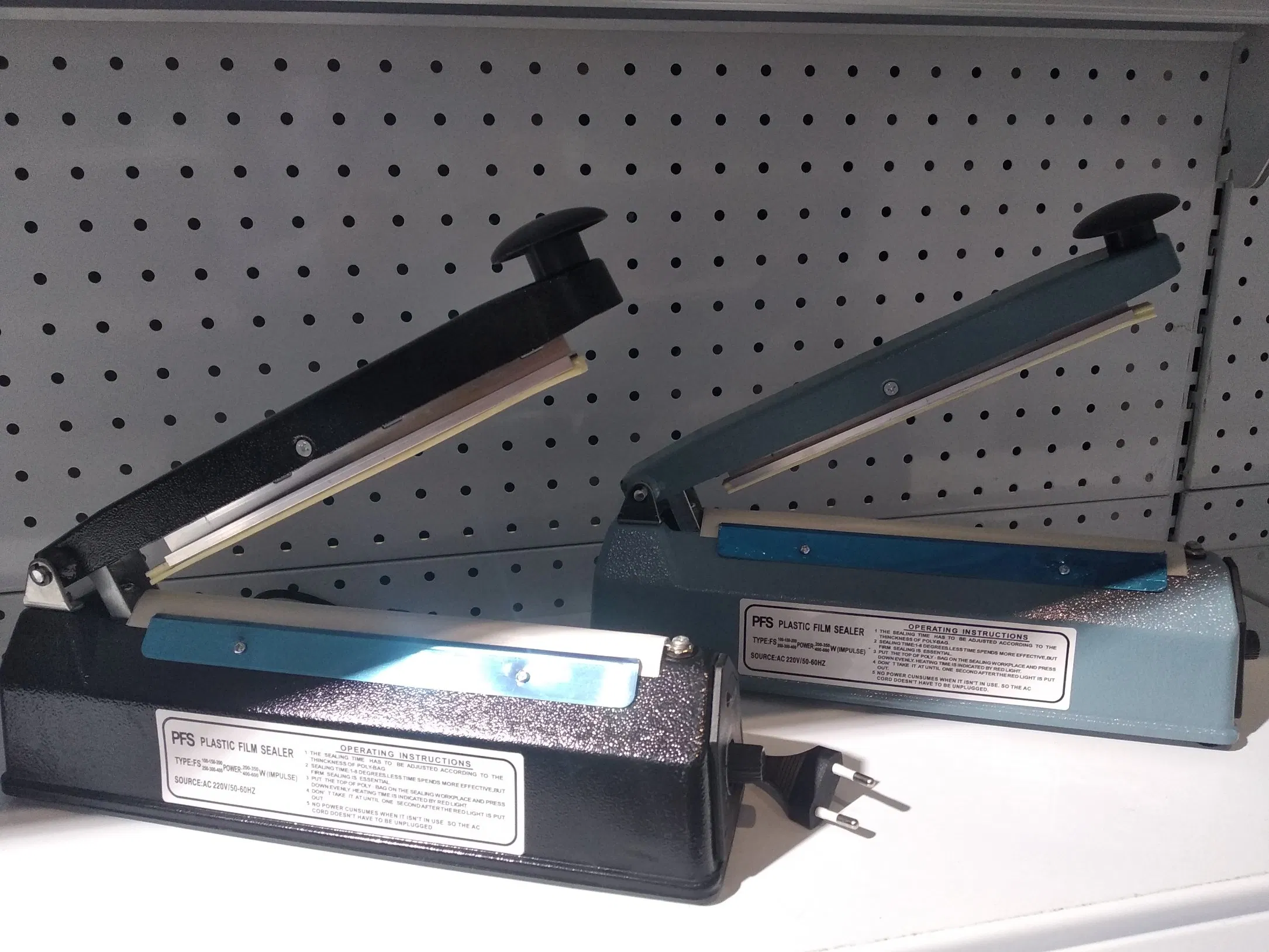
The amount of money you spend on your heat sealing machine will depend on the size and capacity of the unit you’re investing in. Despite this, purchasing a heat sealer will see a significant saving in manual labor costs and also eliminate those dreaded mistakes that tend to creep into manual packaging processes. There’s also less risk of wasting packaging material during manual wrapping.
5. Boasts Eco-Friendly Features
If eco-friendly packaging processes are part of your overall sustainability plan, then you’ll find the fact that heat-sealing machines use recycled materials very impressive. This will not only reduce your company’s overall footprint but may also enable you to reuse discarded packaging materials.
6. Speedy Process
Manual packaging can be time-consuming and isn’t always uniform. Heat-sealing machines allow you to create uniform, professional-looking packaging that happens in a matter of seconds. The faster and more efficiently you can package items, the more you’ll be able to ship in a single day, which is excellent news for your bottom line. Automating the sealing process with a heat sealer not only increases throughput but also ensures consistency in every package, reducing the likelihood of errors or damaged products.
Final Thoughts
When you’re looking for the most effective packaging solution, many business owners believe that you can’t go wrong with a heat sealer. With a wide range of sizes available, you’ll be able to seal miniature to large items with the same amount of ease. Creating more efficient packaging will also boost your overall brand image!



